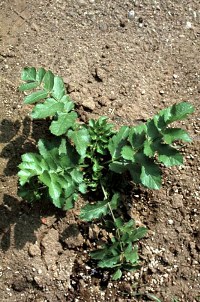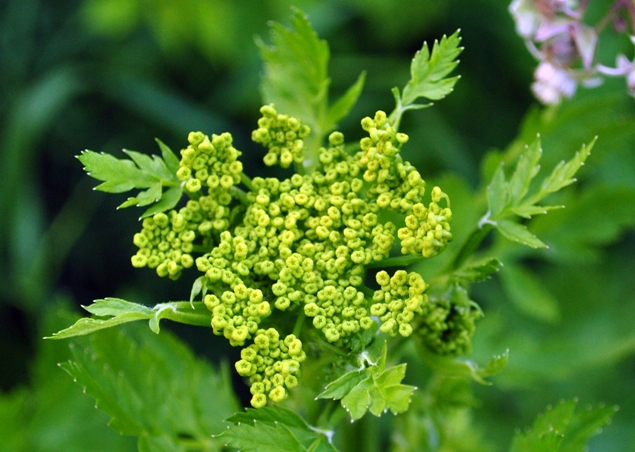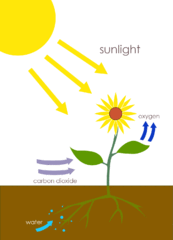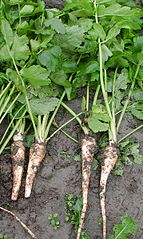When I’m hungry…
Like most plants, I am autotrophic; more specifically, a photoautotroph. This means that instead of going to the grocery store to get food like you do, I simply make my own food to supply myself with the nutrients and energy that I require to grow. How do I do this you may ask? Well, I perform a cool process known as photosynthesis. Also, since I am autotrophic, I am a primary producer which means I don’t consume other organisms, but I can be a food source for other organisms.
How does photosynthesis work?
Photosynthesis mainly occurs in the mesophyll cells in my leaves. These mesophyll cells contain chloroplasts. Chloroplasts are the cells that give me my green color. To the human eye I appear green because chloroplasts absorb red and blue light to use in photosynthesis, but green light is reflected. This green reflected light is what you see.
There are two different cycles involved in photosynthesis. This first process that occurs is the light dependent reaction. The goal of this is to convert light energy into chemical energy (the type of energy that is useful for me). This happens in the thylakoid membrane, which is a part of the chloroplast and looks similar to a stack of pancakes. In this process, light energy and water is taken in and oxygen is released into the atmosphere (this is the air that you breathe!) Additionally, ATP (energy) and NADPH are produced. These two products then go into the light independent reaction, or the Calvin Cycle. The Calvin Cycle is the process of taking in carbon dioxide, ATP, and NADPH to produce glucose. Glucose is produced by performing redox reactions to reduce, or add electrons to, carbon dioxide. In addition to glucose; ADP and NADP are also produced and recycled back into the light dependent reaction, as illustrated below.
You may be wondering how I am able to get carbon dioxide into my mesophyll cells and how I am able to release oxygen. Well, this occurs due to some neat structures called stomata. Stomata are openings normally at the bottom of my leaves that are surrounded by two guard cells which open and close to allow gas exchange (i.e. they let in carbon dioxide and release oxygen).
I am a vascular plant, which means that I have specialized transport tissues called xylem and phloem. Water that I use during photosynthesis is transported by xylem from my long, thick taproot all the way up to my leaves. In the past, it was thought that root pressure pushed water up the xylem of plants. It has now been found that water is actually pulled up to leaves from roots because of a combination of water properties that include: transpiration, adhesion, cohesion, and tension.
Now that we’ve established where the carbon dioxide and water come from that I use to produce glucose, let’s talk about where and how the glucose that I produced gets transported. Phloem, the other transport tissue that I possess, transports glucose, hormones, amino acids, and other compounds throughout my entire plant. This happens because of Mass Flow Theory, otherwise known as pressure flow theory. This theory states that increased sucrose concentrations and water pressure in sieve tube members (a type of cell in phloem), pushes sugars down the sieve tube members to different parts of the plant called sinks. This provides a continuous flow of sugars throughout the plant.

How does this happen before I emerge from the soil?
Photosynthesis does not occur during the germination period in my life cycle (reproduction). This is due to the fact that while I’m under the soil, I have no access to light, and no chloroplast-containing leaves to capture light energy. Because I am an angiosperm, my parent provides my seeds with endosperm so I can still grow without sunlight. Endosperm is nutritional tissue for an embryo. The endosperm provides me with enough energy so I am able to establish a shoot and grow upward until I reach a light source. Once I reach a light source, I am able to start producing my own nutrients and energy by photosynthesizing.
Learn about what I do with most of the energy I produce on my Reproduction page!
Or return Home




